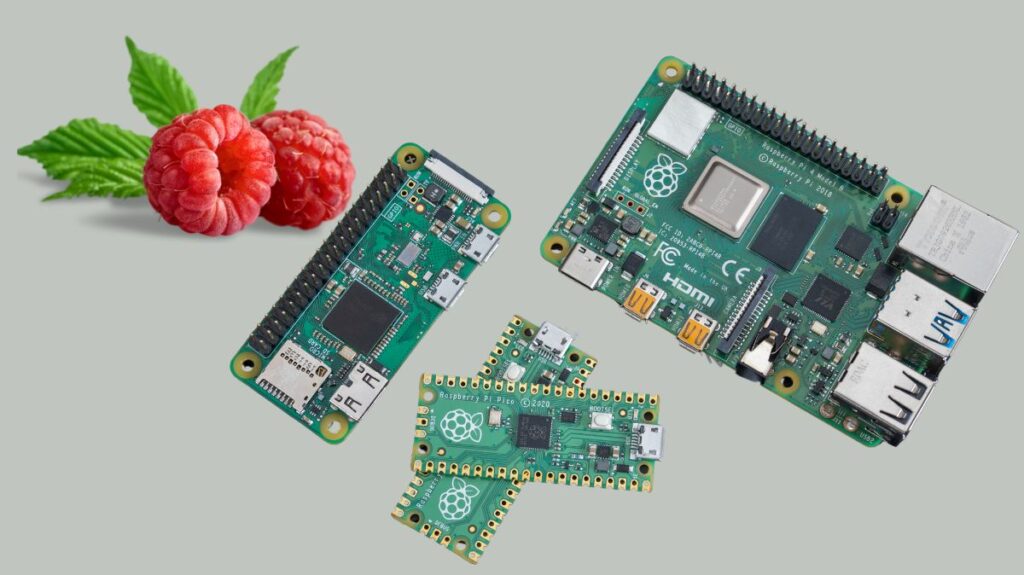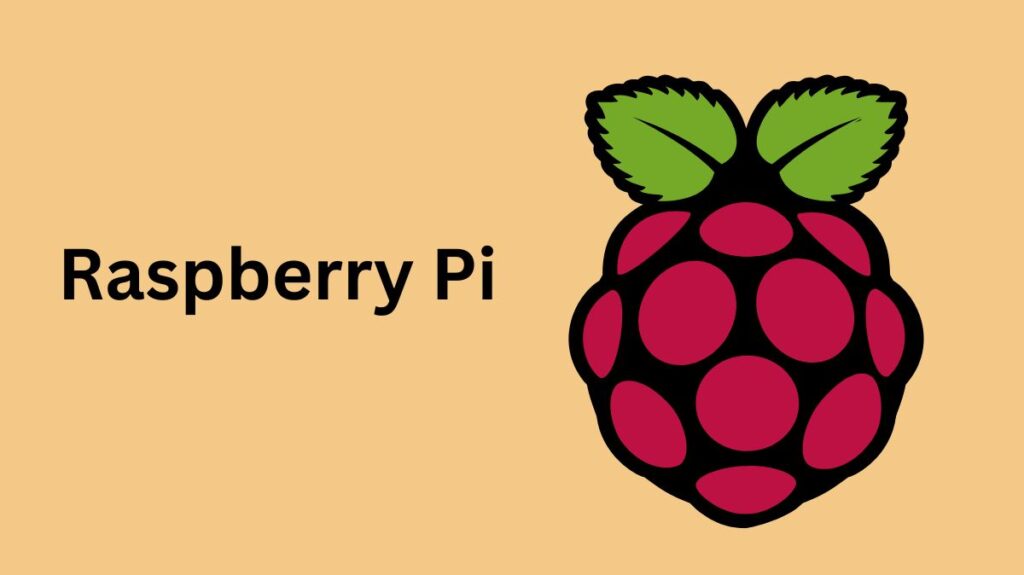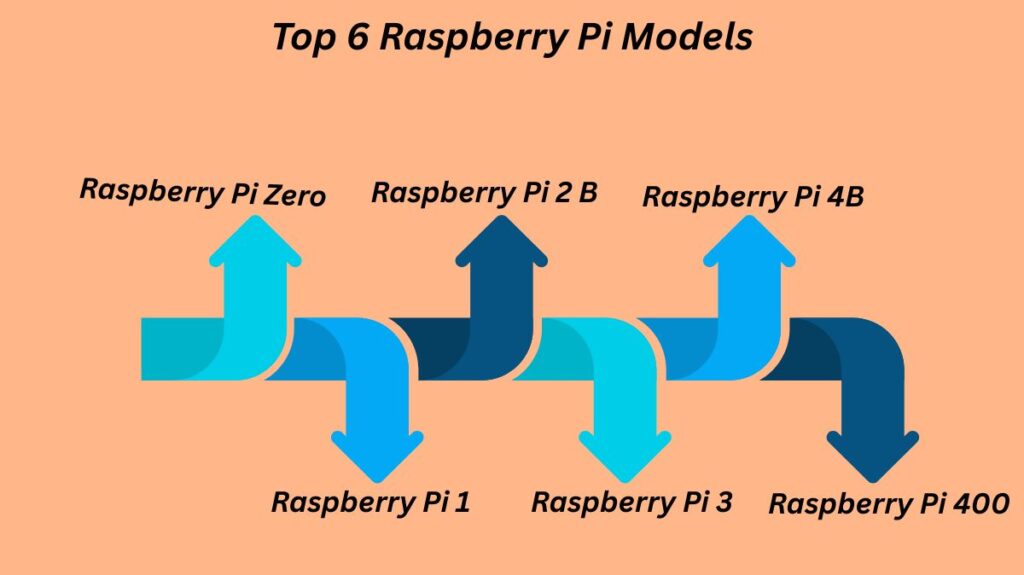What Is A Raspberry Pi And How Does It Work

The Raspberry Pi is a credit card-sized minicomputer that can be used with any input and output hardware device, such as a keyboard, mouse, television, or monitor, thereby turning the setup into a low-cost, full-fledged PC.
First computers used huge vacuum tube CPUs. Future computer models become smaller and cheaper. Smartphones are minicomputers it carry. Computers are widely used, yet developing nations rarely have them. This difference in computer access and programming skills led to the Raspberry Pi computer.
A tiny, cheap, credit card-sized single-board computer, the Raspberry Pi lets people of various skill levels and backgrounds experiment with and learn to compute. The UK Raspberry Pi foundation developed this better motherboard, which is currently extensively used in computer technology. A keyboard, mouse, and display can be connected to the minicomputer.
Pi can be used to learn programming languages and manage networks, among other things. It serves multiple roles and has become more popular than expected in recent years.
How does Raspberry Pi work?
Programming the Raspberry Pi. It lacks internal storage and peripherals but has all the motherboard essentials. Raspberry configuration requires an SD card in the slot. The SD card must contain the operating system to boot the computer. Linux OS works with Raspberry computers, reducing memory needs and promoting diversity.
After configuring the OS, the Raspberry Pi can connect to HDMI TVs or computer monitors. Additionally, keyboards and mice must be connected. Buyers choose the purpose and applications of this minicomputer, which can do many things.
Read more on What Is IoT Operating Systems? And Key Features Of IoT OS
Why is the Raspberry Pi called that?

Like Apple, Apricot Computers, and Tangerine Computer Systems, the “Raspberry” moniker is a tribute to early PC companies that were named after natural products. The “Pi” comes from the idea of building a little computer that can only run the Python programming language.
When was the Raspberry Pi IoT introduced?
On February 19, 2012, the primary Raspberry Pi unit that was economically available was launched. This version included a single USB port, no Ethernet interface, 256MB of RAM, and the ability to operate on Linux-based work environments.
Read more on Examples Of IoT Devices In Business & IoT Devices Security
Top 6 Raspberry Pi Models

It might be challenging to filter among the many models and versions of these single-board computers that have been created for anyone interested in purchasing one. However, the most well-known Raspberry Pi models on the market are:
Raspberry Pi Zero
This is the company’s least expensive Raspberry model. It can be purchased for as little as $5, which is quite amazing given how much capability it has. Despite not being the first model to be launched, it is more compact and smaller than Raspberry Pi 1. Pi Zero and Pi 1 Model B+ share a CPU and 512 MB RAM. While lacking Bluetooth and Wi-Fi, the Raspberry Pi Zero can connect to the internet via USB.
More costly Raspberry Pi Zero W supports Bluetooth 4.0 and 802.11n Wi-Fi. GPIO-dependent tasks may work better on other Raspberry Pi models.
Raspberry Pi 1
Raspberry Pi 1 Model B appeared in 2012. It provided a size baseline for upcoming releases. At first, it included a single CPU core, 256MB of RAM, and 26 GPIO ports. It was not suitable for demanding jobs requiring a lot of processing power. With a beginning RAM capacity of 512MB and 40 GPIO pins, the Raspberry Pi B+ was announced in 2014 and quickly became the baseline for all subsequent models. The $25 Raspberry Pi Model B+ has four USB ports and an Ethernet connection. Although it lacks an Ethernet connection, the Pi 1 Model A+ ($20) can be taken into consideration for a better CPU processing speed.
Raspberry Pi 2 B
The 2B model was released by Raspberry in February 2015. The Raspberry Pi 2 B was far better than its predecessors, especially in terms of performance and memory. The amount of RAM was expanded to 1GB. The standard-sized Pi 2B has four USB ports. Right now, it costs around $35, which is a reasonable price.
Raspberry Pi 3
In 2016, the Raspberry Pi 3 B was made available. In comparison to the previous iteration, the 2018 B+ model can boast a faster CPU, Ethernet (802.11ac), and Wi-Fi. In general, the Raspberry PI 3 has several applications for the user. In addition to the Ethernet that is already operational, it has Wi-Fi and Bluetooth, 1GB RAM, and the normal HDMI and USB interfaces. This model’s low power consumption and low heat generation are noteworthy features. It may be purchased for $35 and is therefore appropriate for applications that call for passive cooling.
Raspberry Pi 4B
The 2019 Raspberry 4B, with 2GB to 8GB of memory, is far better than its predecessors. A 1.5GHz processor and 2.0 and 3.0 USB connectors are also included. The Pi 4B is the perfect Raspberry model since it can be used for almost any purpose and has enough RAM to please even the most devoted coders. Prices range from $35 to $75, depending on RAM, but all connectivity choices are included.
Raspberry Pi 400
The fact that this model is a keyboard makes it special. First released in 2020, it had 4GB RAM. It only requires a monitor and mouse to function as a home computer set, and it has conventional USB ports. The $70 Pi 400 is a useful tool for classroom use.
Read more on Top IoT Operating Systems: The Complete Guide For Beginners
